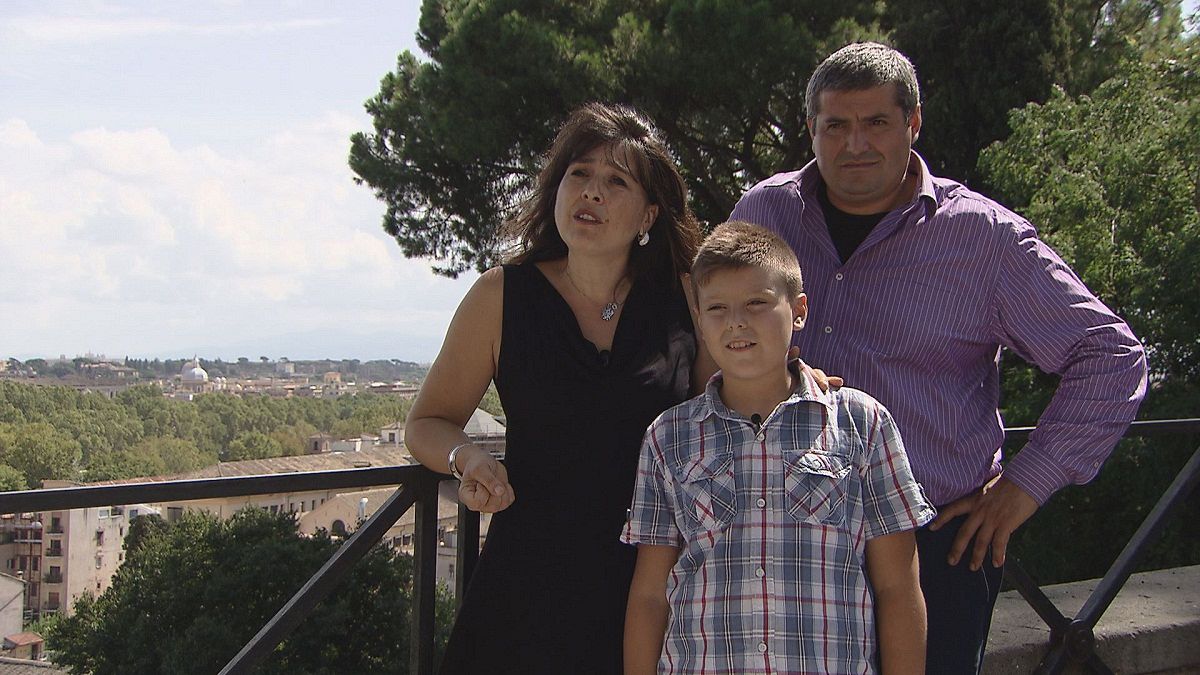When the Cerqueglini family come 170 kilometres to Rome, they are not in the Italian capital just to see the sights. Their son Giordano has a disease called Bicuspid Aortic Valve which causes his ascending aorta to swell and expand.
Every three to six months, Giordano has to undergo complex medical examinations in hospital, including cardiac MRI scans. The doctors are keeping a close eye on him in order to decide when and if he will need heart surgery. It is not easy with existing techniques…
Giacomo Pongiglione, a paediatric cardiologist at Bambino Gesù Children´s Hospital, said: “The classic criteria for being suitable for surgery is judged by measuring the gradual enlargement of the aorta. This helps us see when a patient’s life might become at risk. The problem is that this standard criteria is not always accurate and reliable. We know that some 20-30% of patients may develop serious problems even before we determine that they are suitable for surgery.”
So European researchers have developed sophisticated computer models with personalised data on patients’ cardiovascular systems. And that includes the effect that certain diseases have on the behaviour of the ascending aorta.
Michael Sühling, a research scientist and project coordinator for Siemens AG/Sim-e-Child project, explained: “From this blood flow simulation, we can obtain localized information about the speed of the blood inside the ascending aorta, also about the direction of the blood flow and the local blood pressure, as well as information about the local turbulences of the blood flow.”
And this personalised data translates into useful information for paediatric cardiologists on the best way to help both Giordano and thousands of other young patients.
Pongiglione said: “Compared to a healthy subject, where no particular region of the aorta is under pressure, in this other study case we have been able to identify two risky regions. They are here in red. And there are two, because due to its particular flow, the blood is first hammering this region of the aorta wall, and then it bounces back to hit a second region. So this system allows us to see that clearly there are two risky places in this case.”
The platform is completed with a digital database grid linking hospitals in Europe and the United States, so that paediatric cardiologists from both continents can have fast, reliable, interconnected, updated and interactive access to data about the complex heart pathologies they are dealing with.
David Manset, a computer scientist with Gnúbila, said: “This trans-Atlantic grid has already helped European and US clinical teams to test new simulation computer models. And they have done it without the hospitals on each side of the Atlantic having to invest in costly computer equipment.”
Researchers are now adapting the same platform for use with other paediatric health issues, including rheumatism, neurological and neuromuscular diseases, and obesity… for the sake of other children all around Europe.
For more information see:
www.sim-e-child.org
www.md-paedigree.eu




